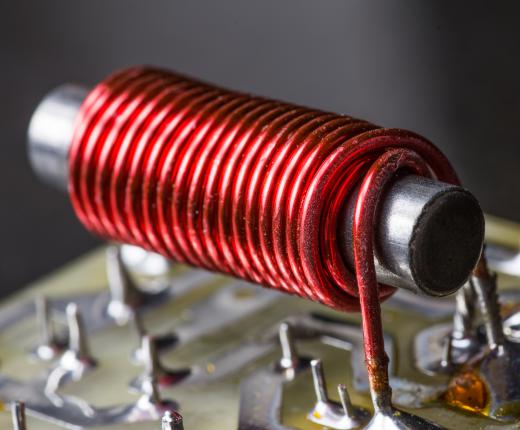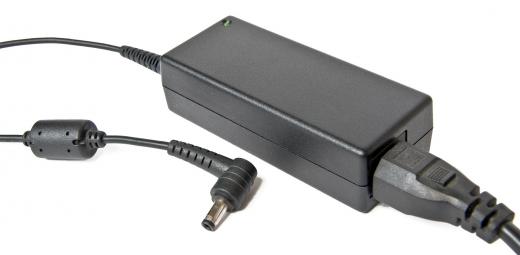An induction regulator is a device that provides adjustable output voltage by varying the inductive coupling between a primary and a secondary or driven winding. It is very similar to an induction motor in construction. Unlike an induction motor, however, the rotor of the induction regulator is stationary while set at the desired electrical power transfer rate.
Electrical transformers make use of electromagnetic induction to transfer electrical power from the primary to the secondary winding. The primary winding is likened to the stator in the motor, while the secondary winding is likened to the rotor. Unlike ordinary electrical transformers with a fixed-geometry magnetic core, the induction regulator has primary poles where the primary energy is transformed into magnetic field intensity. The magnetic field intensity and the resulting voltage ratio between the rotor and the stator are also determined by the proximity or lack of proximity of the fixed and movable magnetic core.

The voltage transfer ratio and power transfer ratio are controllable in the induction regulator. By attaching the rotor to a gear system, it is possible to manually or remotely adjust the required voltage or power transfer ratio between the rotor and the stator. The induction regulator is available in three-phase and single-phase versions.
Phase-shifting power transformers (PSPTs) have adjustable impedance, resulting in a variable-phase output. The shifted voltage from PSPTs may be used to alter transmission line loadings that can prevent overloading of generators and transmission line. For instance, if two parallel transmission lines from one generator loaded at 50 megawatts (MW) are carrying 25 MW each, the PSPT may be installed on one of the transmission lines to produce a phase shift that may result in 40 MW on one leg and 10 MW in the leg with the PSPT. The result is a capability to control how much power is drawn on each leg of the transmission line.

The induction regulator is able to produce a continuously adjustable output voltage, while a tap transformer is able to output a few discrete voltage choices. In the laboratory, a variac is able to output a nearly continuously adjustable output voltage. The induction regulator may output a voltage from 0 to 110 volts alternating current (VAC), while the tap transformer may have taps allowing access to voltages like 0, 55, and 110 VAC.
Electrical arc welding uses electrothermal and electrical energy to maintain plasma with a temperature that melts most construction metals available. By using an induction regulator, the optimum power needed for best results can be maintained as plasma that continuously melts work metal at a prescribed rate. With this regulator, the relatively high-power electrical control capability needed in arc welding is economically feasible.
